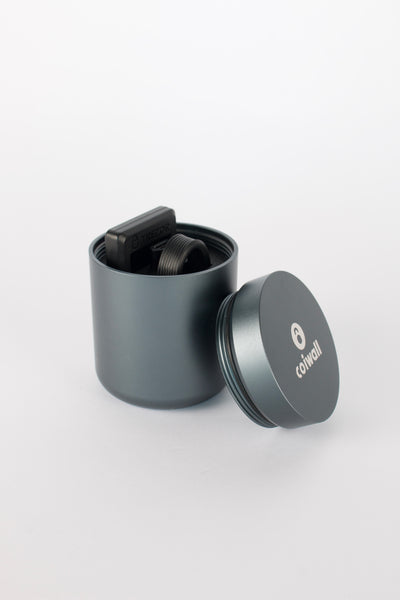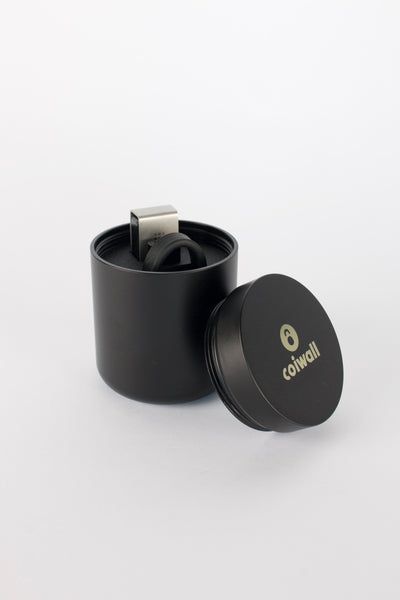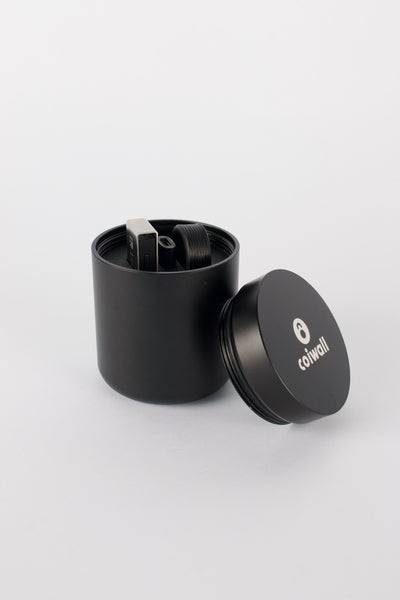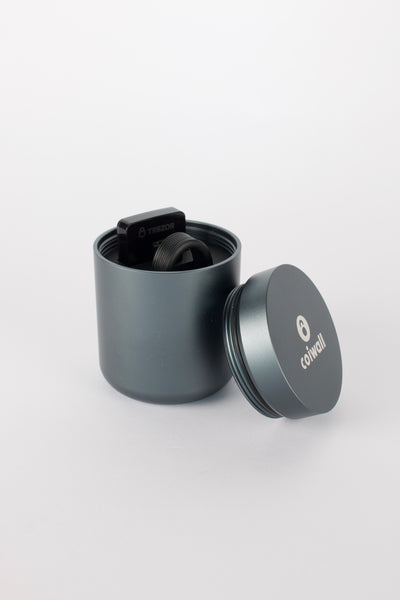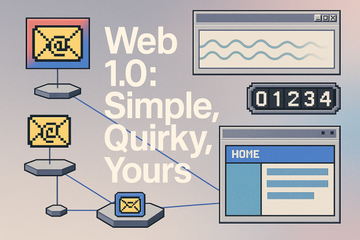Sometimes, nostalgia creeps up in unexpected places — maybe you catch a whiff of dial-up static in your imagination, or see an old GeoCities page frozen in time. It takes you back, right? Let’s grab that feeling and pick through the digital attic to rediscover Web 1.0: the Internet’s early, relatively quiet era where hyperlink blue was fashionable and the idea of “posting” meant, well, nothing (forums barely existed!).
The Humble Beginnings of the Digital Neighborhood
If you wandered onto the web in the 1990s or early 2000s, you know: the landscape felt less like a buzzing metropolis and more like a scattered collection of quaint, hand-built houses. Web 1.0 was the timid infancy of the Internet — clunky, photogenic in a retro way, occasionally a little frustrating. These sites weren’t dynamic, and they sure weren’t social. You’d click into a homepage, maybe a local pizza shop or a personal fan site, and just read — that’s it. No comments, no likes, zero notifications. Simpler times, right?
We’re talking static HTML pages, created with the same devotion some folks reserve for hand-written letters. If you wanted your own nook online, you’d probably wrestle with Notepad or FrontPage, pour hours into basic graphics, and settle for clunky tables over sleek design. Some pixelated GIFs here and there — remember the spinning email icon? I sure do — punctuated the serious business of the web’s pioneers.
Read-Only: The Original Passive Experience
Web 1.0’s trademark was its 'read-only' nature. Let me explain: imagine walking through an art gallery where touching the displays is strictly forbidden. That’s essentially what browsing felt like; you could look, soak it all in, but not really interact. Updates came when the site owner felt like it — maybe monthly, maybe never. Talk about commitment issues!
For those craving adventure, there were portals (think Yahoo! and Lycos) dishing out curated lists, kind of like that friend who insists on sharing mixtapes. There were forums, but they were scattered. And let’s not forget webrings — collections of related sites you could surf through endlessly, hoping to eventually make it back to where you started. It was digital wandering at its finest, sometimes meandering, always fascinating.
The Building Blocks: HTML, GIFs, and Patience
Building a website wasn’t click-and-play. No WordPress, no Squarespace, not even Blogger for a good part of this first era. HTML was king; if you knew a smattering of tags, suddenly you were a pioneer — or at least, that’s how it felt. Animated GIFs ruled supreme, sometimes to the point of absurdity (blinking text, anyone?). Background music — usually a MIDI file looping forever — was somewhere between a proud announcement and a mild threat.
- Backgrounds: Garish patterns or solid, trust-fund blues and greys… subtlety just wasn’t an option!
- Text: Centered, blinking, in Arial or Times New Roman; customization was all about boldness, not beauty.
- Banners: Hit counters displayed visitor numbers with almost schoolyard pride.
And don’t get me started on connection speeds. Waiting for a page to load — especially if it had more than three images — was the digital equivalent of watching water boil. Sometimes, people just read the alt text and called it a day.
Icons of the Era: Early Giants and Forgotten Footnotes
Some names from back then are still floating around — Yahoo!, AOL, Ask Jeeves (now Ask.com), and the ever-mighty Internet Explorer, which ruled over rival Netscape with a kind of casual indifference. Personal homepages blossomed on GeoCities, Angelfire, and Tripod, with each neighborhood flavoring the web with communities for wrestling fans, gardeners, or amateur poets. These places each provided their own templates, often with built-in features like guestbooks (today’s ancestor of a comment section).
You know what? Even those clunky directories felt magical at the time, as if you’d found a secret club on the world’s first digital block. And while today's web feels endlessly interconnected, in Web 1.0, every site felt distinct — a little island of personality, blinking GIFs and all.
Where Privacy Was the Norm, Not the Battle
One charming quirk of Web 1.0: your browser wasn’t constantly asking to know your location or send you cookies. Sure, tracking existed in some primitive forms, but the arms race of ad targeting and personal analytics hadn't yet begun. If anything, privacy concerns were focused more on whether your mom was about to pick up the phone and kick you offline mid-download.
In many ways, visitors wandered through cyber corridors as ghosts — rarely recorded, hardly remembered. It’s a little ironic, considering how much those early personal websites broadcast (“Welcome to Dave’s Simpson Shrine!”) but outside a shoutout in a guestbook, no one ever really knew you’d dropped by.
Digital Currency? Not Quite, But the Seeds Were There
Speaking of things you couldn’t do — e-commerce was a fledgling bird at best. Secure online payments were only getting established; folks were still nervous about typing in credit card numbers. The digital wallet was a fantasy, and the idea of something like Trezor or Ledger (today’s leaders in crypto storage) would’ve sounded like pure science fiction. Back then, if you wanted to buy something, half the time you’d end up mailing a physical check. Merchants were just waking up the possibilities of the web, and the cryptocurrency boom? That was a story the world was still writing in pen-and-paper ledgers, not blockchain.
From Static to Social: How Things Changed
Change is the only real constant, both in life and online. As the 2000s unfolded, the rigid boundaries of Web 1.0 began to wobble. Suddenly, you could post! Share! React! — all without touching a line of code. The Internet morphed from a digital museum to a bustling playground as blogs, social media, and interactive commerce stampeded onto the scene. The term 'Web 2.0' was coined to capture this dazzling transformation, but those humble beginnings never really vanished. They’re the foundation — awkward, beautiful, necessary.
Now, hardware wallets like Ledger and Trezor safeguard digital assets for millions, hand-in-hand with sophisticated privacy features. Who could've guessed those first static pages were quietly carving the path for today’s rich, complex, and sometimes chaotic web?
So, Was It Better Back Then?
There's a peculiar charm to those early web years. Sure, Web 1.0 lacked convenience, speed, and the social connectivity we take for granted. But it offered something the modern web occasionally forgets: pockets of pure, undiluted personality. Every homepage was a unique star in a slowly expanding universe. It was about being seen, even if only by a handful of strangers who, just maybe, happened past one quiet digital doorstep on the way to somewhere else.
Is it nostalgia talking? Maybe. But sometimes, remembering where we started helps us understand where we’re headed — and why clicking through one more broken GeoCities link can still bring a grin.

